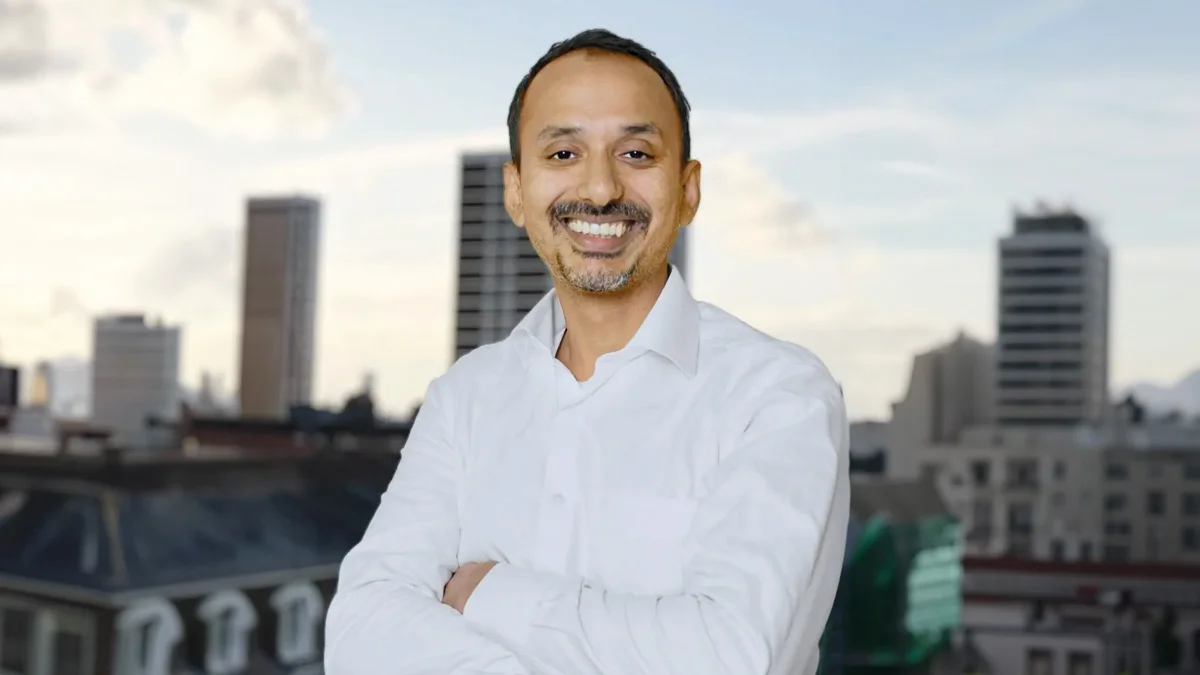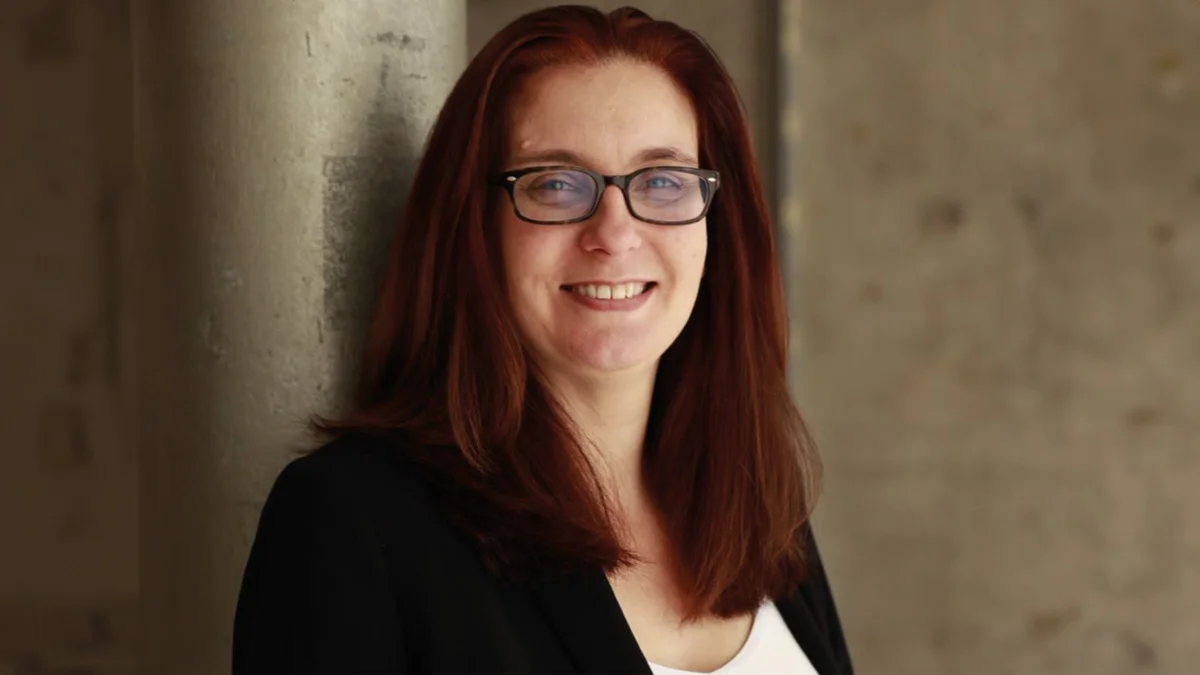
Ask any business whether it is customer-centric, and you will be hard-pressed to find one that says no. Being seen as customer-focused is considered a hallmark of success, competitiveness and aspiration, whether businesses achieve it or just believe they do.
Yet the reality is that few businesses – even those with mega budgets – implement a true and lasting customer-centric strategy because it is far more complex than most people believe it to be. For a start, businesses operate in unpredictable environments, rocked by market changes, advances in technology, changing culture and consumer behaviour. The goalposts of customer experience are always moving.
Some, particularly small and medium-sized businesses, are hindered by internal barriers such as legacy systems, resources and siloed teams. Others are driven solely by profit, with decisions financially and shareholder-centric, which works fine until it comes at the expense of customers, after which growth prospects can look dim.
Boeing is an extreme example of what happens when businesses lose sight of their customers. Once known for its loyal customer base – its slogan was “If it’s not Boeing, I’m not going” – urgent safety problems have called into question the aircraft manufacturer’s motivation and been linked to putting profits before customers.
What is real customer centricity? Broadly speaking, it is defined by the ability of a business to understand – and even predict – its customers’ needs, and to focus all strategic decisions and processes, from the boardroom down to meeting them. The idea is to use this granular focus as a lasting competitive advantage, and thus ensure sustained growth and profitability. The trouble is, even experts admit true customer centricity is “complicated”.
Jacob Gascoine-Becker, partner at customer analytics group Strat7 Advisory, uses a 30-point assessment to determine how customer-centric a business is. It is based on aspects ranging from understanding the needs and motivations that lead to customers engaging with a particular company, to where customer experience is an organisational objective.

However, where the battle is mostly won is the operating model. “You might have the knowledge and slick marketing processes, but the real challenge is for customer centricity to be a business objective, rather than just a marketing or customer-focussed objective,” says Gascoine-Becker.
Another “good barometer” is how well the C-suite demonstrates customer understanding. When, for instance, was the last time the chief executive spoke to a real-life customer? “It starts from the top, so how can you possibly be a customer-centric business if that’s not happening?” he adds.
A whole business approach
Every Monday, First Direct’s chief executive, Chris Pitt, calls a customer of the bank who has had a bad experience. “It allows me to turn the data I get as CEO into something very specific in terms of the human issues we want to solve,” explains Pitt. “I’m not ringing customers to try to persuade them the issue wasn’t an issue; I can just offer some context and say how we would like to help.”
It is rare to get a chief executive so close to the coalface, but it does pay off. According to Deloitte research, 64 per cent of companies with a customer-focused chief executive are more profitable than their competitors.
For Avinav Nigam, CEO of healthcare recruitment business Tern Group, customer centricity means putting the customer “at the heart” of every business decision and operation, “not just reacting to customer needs but also anticipating them and innovating accordingly”. Alongside enabling cross-departmental collaboration, Nigam tries to integrate customer experience into the company’s culture and values.

“Incorporating customer feedback into decision-making, through regularly collecting and analysing customer feedback to inform strategic decisions across all departments, helps employees to see the direct impact of their work on customer satisfaction,” he adds.
Listening to consumers is core to media group Hearst UK’s customer strategy. “Not just in feedback surveys but in person,” says chief executive Katie Vanneck-Smith, who encourages employees “from the top down” to speak to customers regularly at events. Vanneck-Smith tries to do this herself, at least twice a month, and personally responds to all customer communications that reach her. “There is nothing like it for idea generation and knowing what to prioritise,” she says.
Customer centricity may have evolved to be a whole business challenge, but marketers continue to play an essential role in aligning the business with its consumers.
Amid increased competition, customer centricity has been integral to overall business growth and profitability at Domino’s. Today, it is a business-wide objective led by its marketing team.
“If you’re going to be a truly customer-centric organisation, it can’t just be marketing,” says the company’s marketing director, Harry Dromey. “Where there is a high degree of competition in the market, your competitive advantage is making sure you’re more consumer-centric than your competitors. You need to generate a business model out of that to make sure it’s profitable.”
Jen Brown, senior director of international marketing at business communication group GoTo, believes a marketer’s ability to collaborate with people and teams across the business is instrumental. “That puts us in a good place to make sure everyone is being customer-focused,” she says. “Doing the right thing and focusing on your audience is good for the bottom line.”

According to Deloitte, customer-centric companies are 60 per cent more profitable than their counterparts and linked to higher share price growth. “If you look after your punter, your numbers look after themselves,” says Pitt.
The small business challenge
SMEs face different problems with customer centricity. As they grow and innovate, they can find themselves further from their target audience, and with fewer resources to understand, reach and communicate with it.
Gascoine-Becker highlights an irony here. Technically, having a smaller audience base and compact teams means SMEs can react to market changes and customer demands more rapidly. “But their knowledge of the customer and their sensitivity of these trends in the market is often limited, or based on assumption, as they have smaller budgets and rarely have evolved customer insights programmes,” he explains.
In contrast, big companies can more easily be customer-centric because they can constantly update their knowledge about customers and test new concepts with them. But the “scope of that understanding and application is increasingly narrowed”.
“They are often not thinking about how the brand needs to be positioned in future given all the trends happening in the market,” Gascoine-Becker says. “Whereas, ironically, small businesses are thinking about that all the time because the control within the company is much more distilled.”
The video rental company Blockbuster not adapting to its customers shifting to streaming, or Kodak failing to predict how its invention of digital cameras would disrupt its print business, are prime examples of businesses missing the boat.

The “customer zero” approach used by the graphic design platform Canva might be an appealing concept for SMEs looking to overcome budget and resource challenges. It has been an instrumental tool in “fostering innovative thinking and achieving overall success”.
“Every business has the hidden potential of the internal customer — its employees,” says head of Europe marketing, Amanda Zafiris, who explains Canva uses its employees for testing products and giving feedback before rolling them out. “Having our own team members as the initial ‘customers’ provides invaluable insights and real-world perspectives, helping us to refine the product to the best of its ability.”
Measuring customer centricity
Done well, a customer-focused strategy should see improvements in key metrics such as customer satisfaction, loyalty and advocacy, helping to boost overall results. To make it work, both chief executives and marketers agree that outward-facing metrics should be prioritised above inward ones.
“The focus needs to shift from traditional internal efficiency metrics to customer satisfaction, retention and lifetime value,” says Nigam. These metrics can then be aligned with internal key performance indicators to ensure the entire organisation is working towards enhancing customer experience. He adds: “Align incentives with customer outcomes: connect employee performance metrics and incentives directly with customer satisfaction and loyalty metrics.”
Brown highlights a challenge that will resonate with many marketers and which often prevents businesses from taking a truly customer-centric approach: “As marketers, we’re at the front of the stage looking out at the audience and trying to engage and reach them, but a lot of the time we are forced to turn around and communicate with the back of house. So we spend a lot of time looking at inward-related metrics – which are really important, we have to have targets – but it can drown out the outward-facing measurement we need to truly understand if what we’re doing is resonating.”
Artificial intelligence and automation are playing a growing role in enabling marketers to aggregate and analyse customer data more efficiently, and to “listen to customers at scale”.
“I would love to understand the needs of every single customer in our base and that is becoming more realistic with artificial intelligence,” says Brown. “Whether it’s AI, automation or a solid relationship with marketing analytics, marketers must demand the support to get the data served up to them on a plate, so they have both the time to analyse data, inward and outward, and then put it into practice to monitor and optimise their campaigns.”

While Dromey acknowledges AI can make customer strategies more effective and efficient in many ways, he says it must still always start with “what’s the job we need to do for the consumer?” and never with “what can we do with AI?” There is another powerful use emerging for AI: the ability to make sense of unstructured data from a mass-scale listening perspective.
Gascoine-Becker explains: “Every strategy is based on a set of assumptions around what is going to make you successful, or what customers are going to do in future. Those assumptions can almost always be turned into measures you can track over time, which are the key basis for decisions.” But, if the assumptions turn out to be untrue, it can be expensive to reassess the strategy and change direction.
“AI gives you the opportunity to monitor on a much bigger scale than primary consumer research, to turn those assumptions into measures while spotting [new trends] early and adapting to them quickly. The more businesses get used to tracking things like that, the more customer-centric they’re likely to be because they’re in tune with those changes,” he adds.
Ultimately, businesses can only truly understand and anticipate customer needs if they are the driving force behind the operational model, which is woven into the organisational culture and understood from the top down, across all teams. That is the key, not only to winning but to keeping customers, and is fundamentally what customer centricity is all about.
Related and recommended
The legendary ad exec believes leaders should collaborate with the technology, rather than use it as a tool
Entering new markets drives growth but can trip up the unwary. Here’s everything you need to know before you start
Richard Harpin, the founder of HomeServe and Growth Partner and owner of Business Leader, answers your burning business questions
A members-only trip to a billion-pound business revealed a successful founder who had an extraordinary knowledge of his staff
